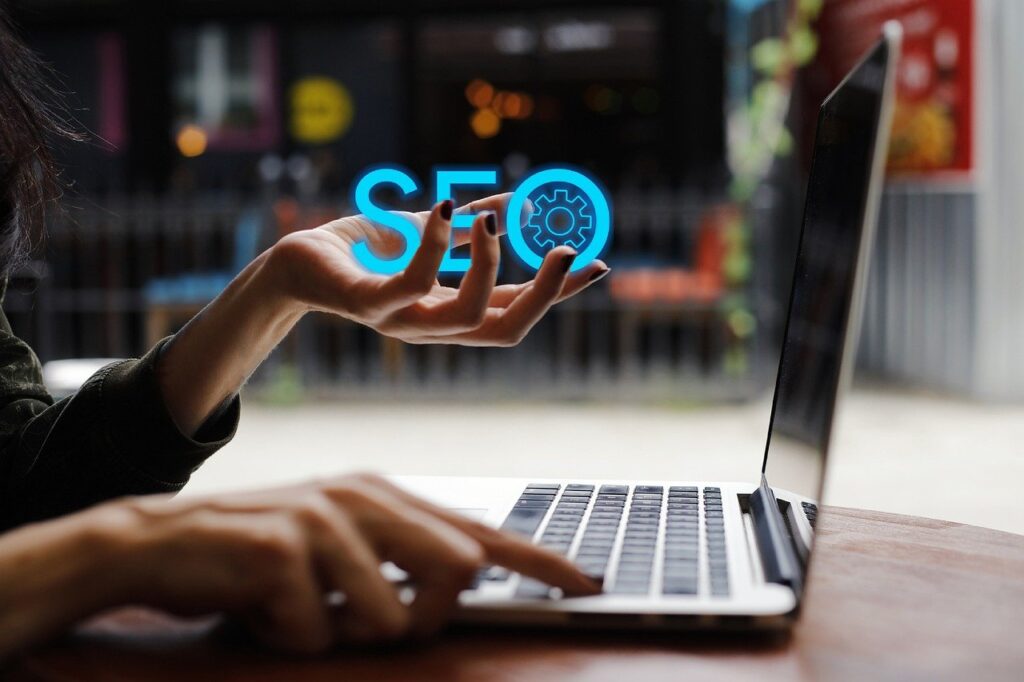How To Improve Conversion Rates In E-commerce
Strategies for Boosting Ecommerce Conversion Rates Optimize Your Product Pages Ensuring your product pages are optimized for conversions is crucial for boosting your ecommerce sales. Start by ensuring your product images are high-quality and showcasing your items in the best light. Incorporate detailed product descriptions that highlight the key features and benefits, addressing any potential concerns or objections customers may have. Make the "Add to Cart" and "Buy Now" buttons prominent and easy to find on the page. Streamline the Checkout Process One of the most common reasons for shopping cart abandonment is a complex or lengthy checkout process. Simplify the checkout flow, minimizing the number of steps required to complete a purchase. Offer guest checkout options, autofill functionality, and multiple payment methods to provide a seamless experience. Additionally, ensure your checkout page is mobile-friendly and optimized for speed. Leverage Scarcity and Urgency Elements of scarcity and urgency can create a sense of FOMO (fear of missing out) and encourage customers to take action. This can include displaying limited-time offers, showcasing low stock levels, or highlighting the number of items remaining. Use these tactics strategically to create a sense of urgency without being overly aggressive. Implement Personalization Strategies Personalization can have a significant impact on conversion rates. Utilize customer data and browsing behavior to tailor your product recommendations, content, and messaging to individual users. This can include suggesting complementary products, offering personalized discounts or promotions, and adapting the user experience based on customer preferences. Optimize for Mobile Experiences With the growing prevalence of mobile commerce, it’s essential to ensure your ecommerce website is optimized for mobile devices. This includes a responsive design, fast page loading times, and a seamless mobile checkout process. Consider implementing mobile-specific features, such as touch-friendly navigation and mobile-optimized forms, to provide a frictionless experience for your customers. Leverage Social Proof and Reviews Social proof, such as customer reviews, testimonials, and social media shares, can be a powerful tool for increasing conversions. Prominently display positive reviews, ratings, and user-generated content on your product pages to build trust and credibility with potential buyers. Encourage customers to leave reviews by making the process simple and straightforward. Offer Irresistible Incentives Providing incentives like discounts, free shipping, or limited-time promotions can be an effective way to encourage customers to complete their purchases. Test different offer combinations and monitor their impact on conversion rates to determine the most effective strategies for your ecommerce business. Optimize Your Site Search Ensuring your site’s search functionality is intuitive and accurate can significantly improve the customer experience and boost conversions. Implement a robust search engine that provides relevant and personalized results, making it easy for customers to find the products they’re looking for. Continuously Test and Optimize Conversion rate optimization is an ongoing process, and it’s essential to continuously test and refine your strategies. Experiment with different elements of your ecommerce website, such as product layouts, call-to-action buttons, and checkout processes, to identify what works best for your target audience. Regularly analyze your data and customer feedback to inform your optimization efforts. By implementing these strategies, you can effectively boost your ecommerce conversion rates and drive more sales for your business. Remember, the key is to prioritize the customer experience and continuously optimize your website to meet their needs and expectations. Optimizing the Online Buyer’s Journey Understanding the Online Buyer’s Journey In today’s digital landscape, the path to purchase for online shoppers has become increasingly complex. Consumers are bombarded with a myriad of options, information, and distractions, making it crucial for e-commerce businesses to optimize the buyer’s journey. By understanding the key stages of this journey, you can implement strategies to guide your customers seamlessly towards conversion. Awareness and Interest The first stage of the online buyer’s journey is awareness and interest. This is where potential customers become aware of your product or service and develop an initial interest. Effective strategies at this stage include: Search engine optimization (SEO) to ensure your website and content are easily discoverable by your target audience. Engaging social media presence and content to capture the attention of potential customers. Leveraging influencer marketing and partnerships to reach new audiences. Utilizing targeted advertising campaigns to drive traffic and build brand awareness. Consideration and Evaluation Once a potential customer is aware of your offering, they enter the consideration and evaluation stage. This is where they compare your product or service against competitors, assess features, and determine if it meets their needs. Optimizing this stage involves: Providing detailed and informative product pages with clear descriptions, high-quality images, and customer reviews. Offering educational content, such as blog posts or video tutorials, to help customers understand the benefits and features of your offerings. Implementing a user-friendly and intuitive website navigation to enable easy product discovery and research. Offering personalized product recommendations based on customer browsing and purchase history. Decision and Conversion The final stage of the online buyer’s journey is the decision and conversion stage. This is where potential customers decide to make a purchase and complete the transaction. To optimize this stage, consider the following: Streamlining the checkout process to minimize friction and abandoned carts. Offering multiple payment options and secure checkout to cater to diverse customer preferences. Providing clear and transparent pricing, shipping, and return policies to build trust and confidence. Implementing dynamic pricing and personalized discounts to incentivize customers to complete their purchase. Post-Purchase Engagement Even after a customer has made a purchase, the buyer’s journey continues. This is the post-purchase engagement stage, where you can build loyalty and encourage repeat business. Strategies to optimize this stage include: Providing excellent customer service and responsive support to address any post-purchase concerns. Offering personalized product recommendations and cross-selling opportunities based on past purchases. Implementing a customer loyalty program to incentivize repeat business and referrals. Engaging customers through email marketing, social media, and other channels to foster ongoing relationships. By understanding and optimizing each stage of the online buyer’s journey, e-commerce businesses can create a seamless and compelling customer experience. This, in turn, can lead
How To Improve Conversion Rates In E-commerce Read More »






